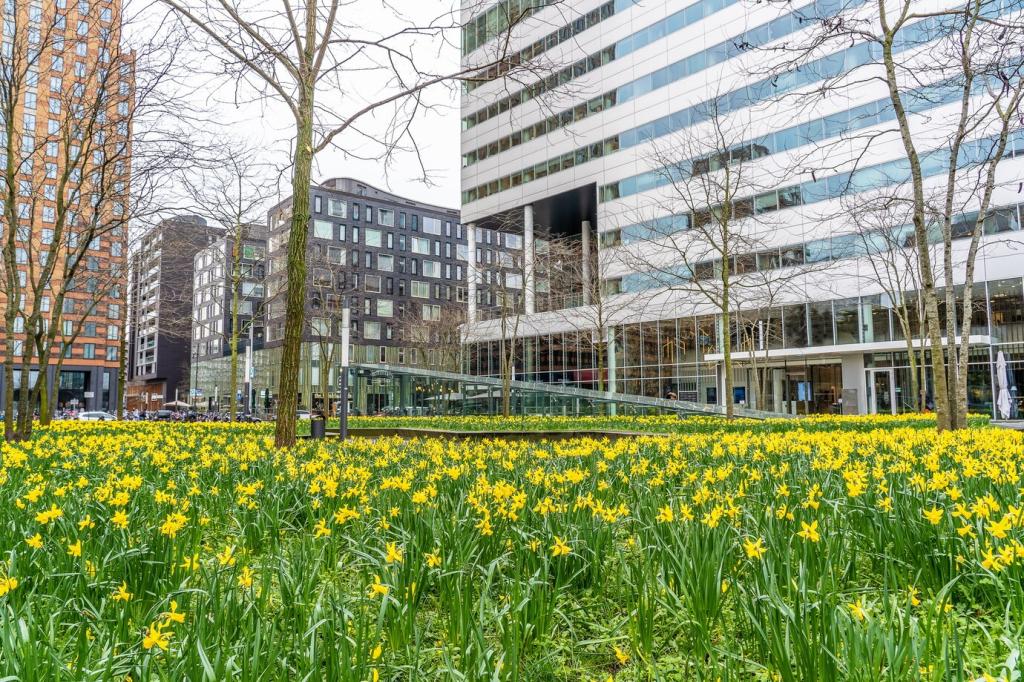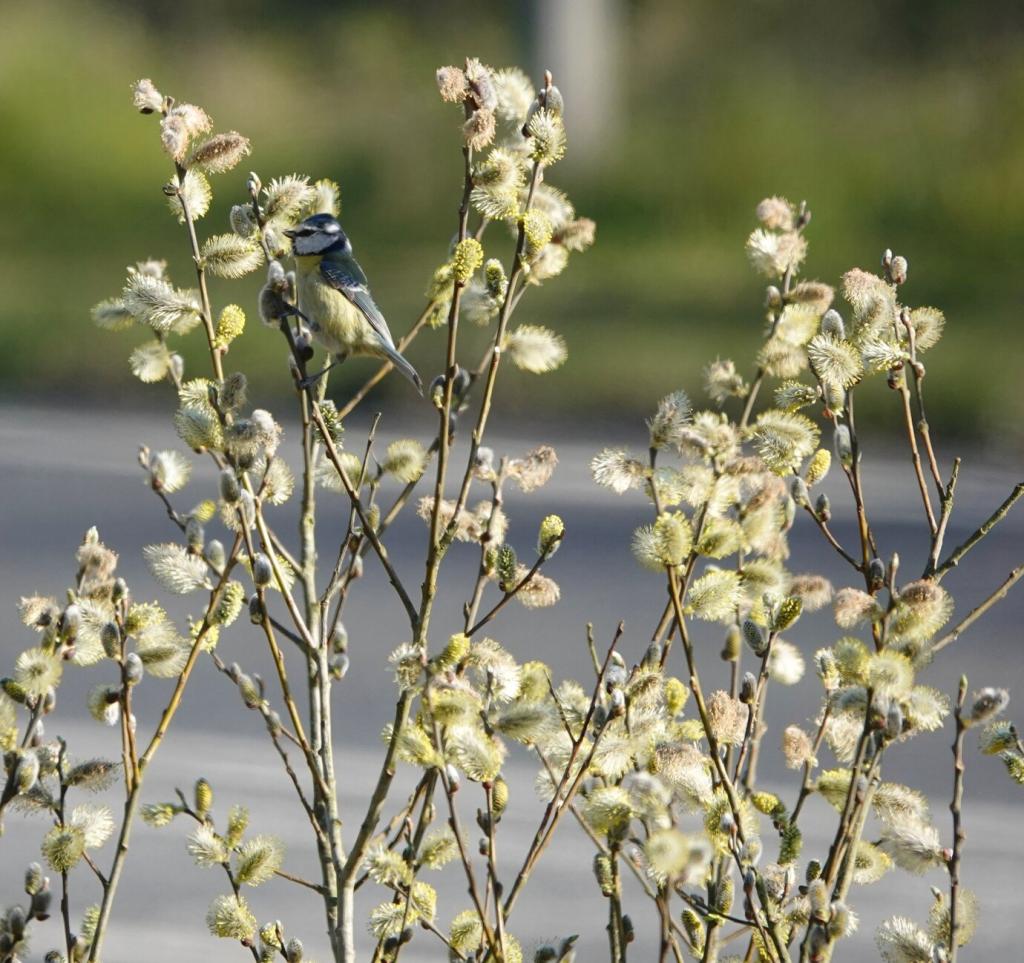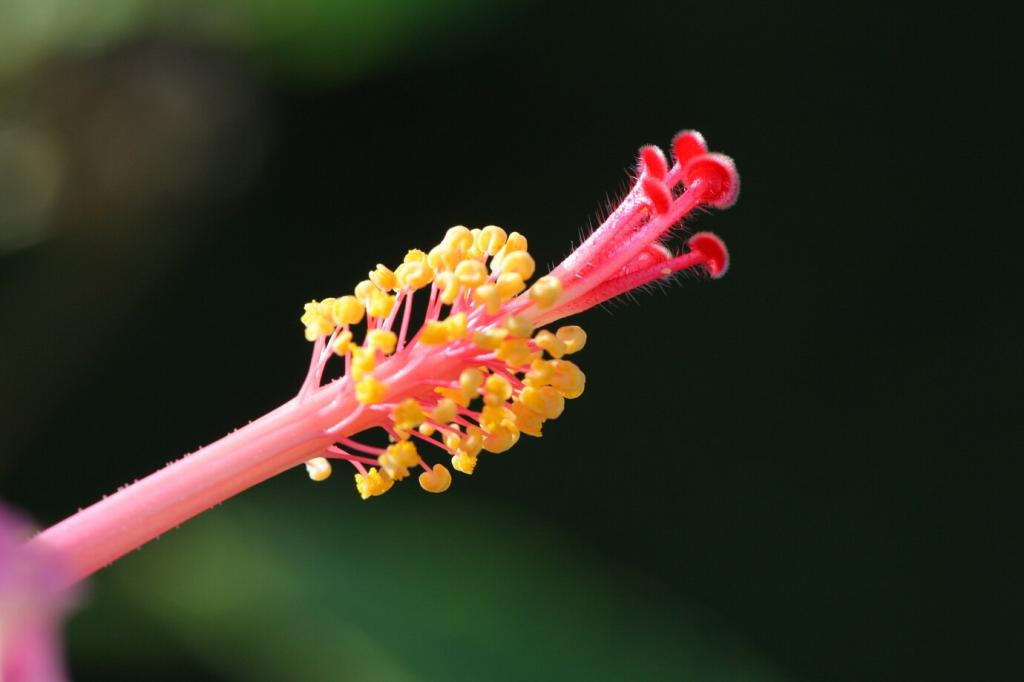
The Role of Beekeeping in Boosting Local Biodiversity
Beekeeping plays a vital role in supporting and enhancing the diversity of plants, animals, and ecosystems within local environments. Managed honey bee colonies contribute significantly to the pollination of both wild flora and agricultural crops, fostering the proliferation of various plant species and supporting complex ecological networks. This web page explores how the presence and careful management of bees not only provide honey and other hive products but also amplify the resilience and health of local habitats. Understanding the intricate connections between beekeeping and biodiversity reveals how this ancient practice remains crucial for ecological balance and sustainability.

Previous slide
Next slide
Bees as Key Pollinators in Local Ecosystems
The Mechanics of Pollination
Pollination is a primary ecological process that underpins plant reproduction and genetic diversity. As bees seek nectar and pollen for their own nourishment, they inadvertently collect and transfer pollen grains from one flower to another. This simple action triggers the development of seeds and fruit, crucial for the propagation of both wild and cultivated plants. Without the activity of bees and other pollinators, many plant species would face declining populations or potential extinction, demonstrating bees’ pivotal position in sustaining biological diversity and ecosystem productivity.
Plant Diversity Enhanced by Bees
Bees contribute to plant diversity by ensuring a reliable pollination service that benefits a wide array of flowering species. Their tendency to visit multiple plant types during foraging trips promotes cross-pollination, which in turn leads to healthier and more genetically varied plant populations. This diversity creates habitats for a multitude of other organisms, from insects to birds and mammals, thereby fostering even broader ecological richness. In agricultural landscapes, the presence of bees can maintain the diversity of hedgerows, wildflower strips, and uncultivated spaces, providing critical habitat and food sources for wildlife.
Impact Beyond Agriculture
While bee pollination is often associated with crop production, its impact extends deep into natural and semi-natural habitats. Native flora, trees, shrubs, and ground plants all benefit from bee activity, ensuring the steady regeneration of forests, meadows, and wetlands. These biodiverse environments, in turn, support complex food webs and ecological processes such as soil stabilization and water regulation. The ripple effect of bees’ pollination underscores their importance in conservation efforts and highlights the broader environmental benefits of maintaining healthy bee populations through responsible beekeeping practices.
Beekeeping Practices that Foster Biodiversity
Beekeepers can actively shape and restore habitats that are favorable for both managed and wild pollinators. This involves cultivating a wide variety of flowering plants that bloom throughout the seasons, supplying nectar and pollen to bees year-round. Planting native species, preserving meadows, and maintaining tree lines help enrich local flora and provide refuge for diverse insects. Such efforts not only benefit bee colonies but also create inviting environments for butterflies, birds, and other wildlife, weaving apiaries into the broader ecological network.

